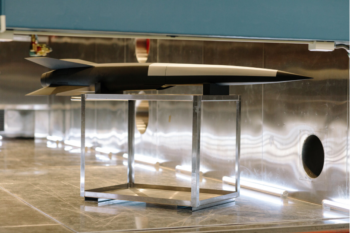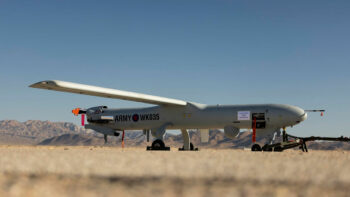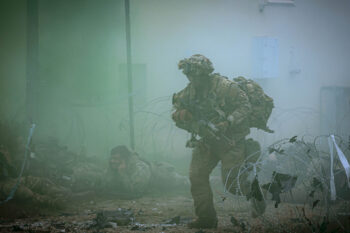AUSA: How do you make a helicopter fly more than 200 miles per hour? Bell’s design for the Future Attack Reconnaissance Aircraft has wings for added lift at high speed. Sikorsky’s FARA proposal has dual main rotors, one atop the other, and a pusher propeller in back. And upstart AVX has, in essence, all of the above: dual main rotors and wings for added lift and a pair of powerful ducted-fan propellers for thrust.
Unlike its larger rivals in the FARA competition, AVX is a small, innovative design house that’s never built an entire aircraft by itself. But it has a lot of engineering talent and, for FARA, a partnership with much larger L3Harris to provide manufacturing heft.
Our own Paul McLeary goes into depth with AVX CEO Troy Gaffey to discuss their design, from the Army’s need for speed to cockpit automation and air-launched drones. And, of course, there’s always the budget, especially given the Army’s ambitious $30 million per aircraft maximum: “We believe our effort will probably be the lowest cost,” Gaffey said.
Read our whole series of stories on each of the five Future Attack Reconnaissance Aircraft contenders:
Romania signs LOA to secure entry to F-35 club
“This decision marks a significant milestone in Romania’s defense strategy and its commitment to maintaining a robust and advanced military force,” Lockheed Martin said in a statement.
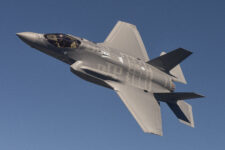







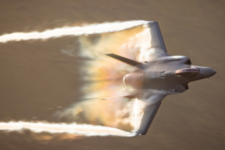








![E-2D_AR_1[1]](https://breakingdefense.com/wp-content/uploads/sites/3/2024/10/E-2D_AR_11-350x233.png)




